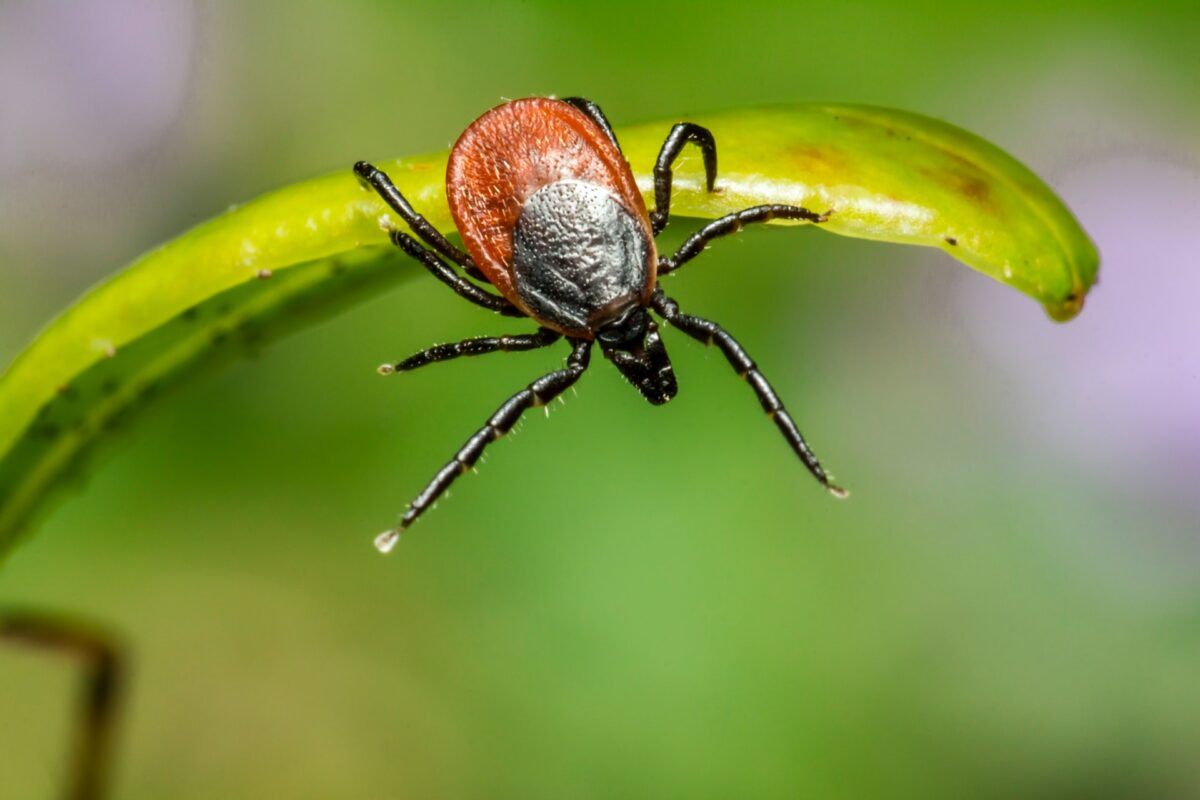As if Lyme disease wasn’t enough, another tick-borne illness is spreading across the United States. Carried by blacklegged ticks, Powassan virus (POWV) kills about 10% of people with severe symptoms. From 2016 to 2020, the U.S. reported 134 POWV cases. While this number may seem small, it represents a massive increase compared to past years. Experts say climate change may drive further spread, as warming temperatures help the ticks survive and thrive. Unfortunately, additional research on POWV and its transmission suffers from a lack of funding.
“We don’t have the resources,” Erin Kough, an epidemiologist at the Minnesota Department of Health’s vector-borne disease unit, said. “We know that if changes in climate expand the territory of a tick then that means we’re going to get diseases in new parts of our state.”

From 2011 to 2020, Minnesota and Massachusetts claimed the unenviable position of being the states with the most reported POWV cases (35 and 37, respectively). In contrast, Indiana and North Carolina each reported only one case during the same period. As POWV becomes more prevalent, its rarity presents challenges.
“It’s very very difficult to get funding from federal agencies for something like Powassan virus because of its rarity,” Richard Ostfeld, a disease ecologist at the Cary Institute of Ecosystem Studies in New York, told Grist. “But one could argue that its rarity is exactly the time when we should be figuring out more of the basic biology of this virus and which factors influence human exposure so we’re prepared if and when it becomes more common.”

Currently, the only way to prevent POWV is to avoid tick bites. There is also no medication to treat POWV, according to the CDC. Until further research on POWV develops, follow these tips to stay safe from ticks and any diseases they may carry.
